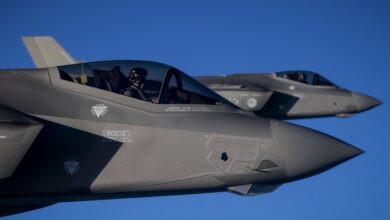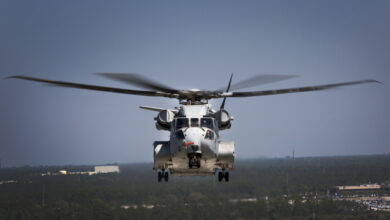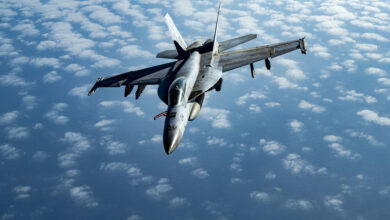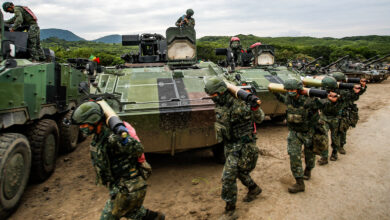The US Army Research Laboratory has collaborated with the Rensselaer Polytechnic Institute to enhance the in-flight performance of vertical takeoff and landing tail-sitter (VTOL) drones through a trajectory planner.
Drones run the risk of stalling mid-air when they are forced to veer upwards too sharply. An increase in drag and a decrease in lift caused by this complicated movement necessitates drone manufacturers carefully plan autonomous flight operations.
VTOL tail-sitter drones normally perform maneuvers from a hover to forward flight or vice versa slowly to avoid stalls. The army’s newly-developed trajectory planner aims to cut down the time needed for VTOL drones to perform this transition.
Trajectory Planner Software
The trajectory planner software is built to calculate the best flight sequence for these transitions so they can be executed in record time, said Dr. Jean-Paul Reddinger, Army Aerospace Engineer and the laboratory’s Vehicle Technology Directorate.
“The goal of this work was to use a model-based trajectory planner that could capture the quadrotor’s dynamic characteristics sufficiently while executing quickly enough to provide trajectories in-flight. We’re essentially building in a kinesthetic model of the aircraft’s own dynamics that it can reference,” Reddinger explained.
He added that, much as a person’s understanding of their capabilities allow them to move, fusing the trajectory planner with complex flight models will allow the quadrotor drone to understand the aerodynamic environment it’s subjected to and choose the best course of action.
“For instance, if there was a building in the way, does it make more sense to fly over the building or around the building? Do you want to transition to build up speed and then transition back or do you just stay in hover mode? There’s a range of possibilities, and the idea is to always be picking the best one,” Reddinger said.
Rotors and Wings
Researchers have discovered that better in-flight actions can be completed when they recreated the interaction between a drone’s rotors and its wing aerodynamics. Incorporating the rotor with wind wake interference into the software will allow the drone to transition from hovering to landing in half the time previous methods required.
Following this progress, researchers foresee the trajectory planner could eventually cause the quadrotor drone to successfully change from hover to forward flight while in the air.
The researchers believe that a faster and more efficient transition between hover and forward flight will eventually allow the army to develop better vehicles for surveillance, resupply operations, and other aerial missions.












